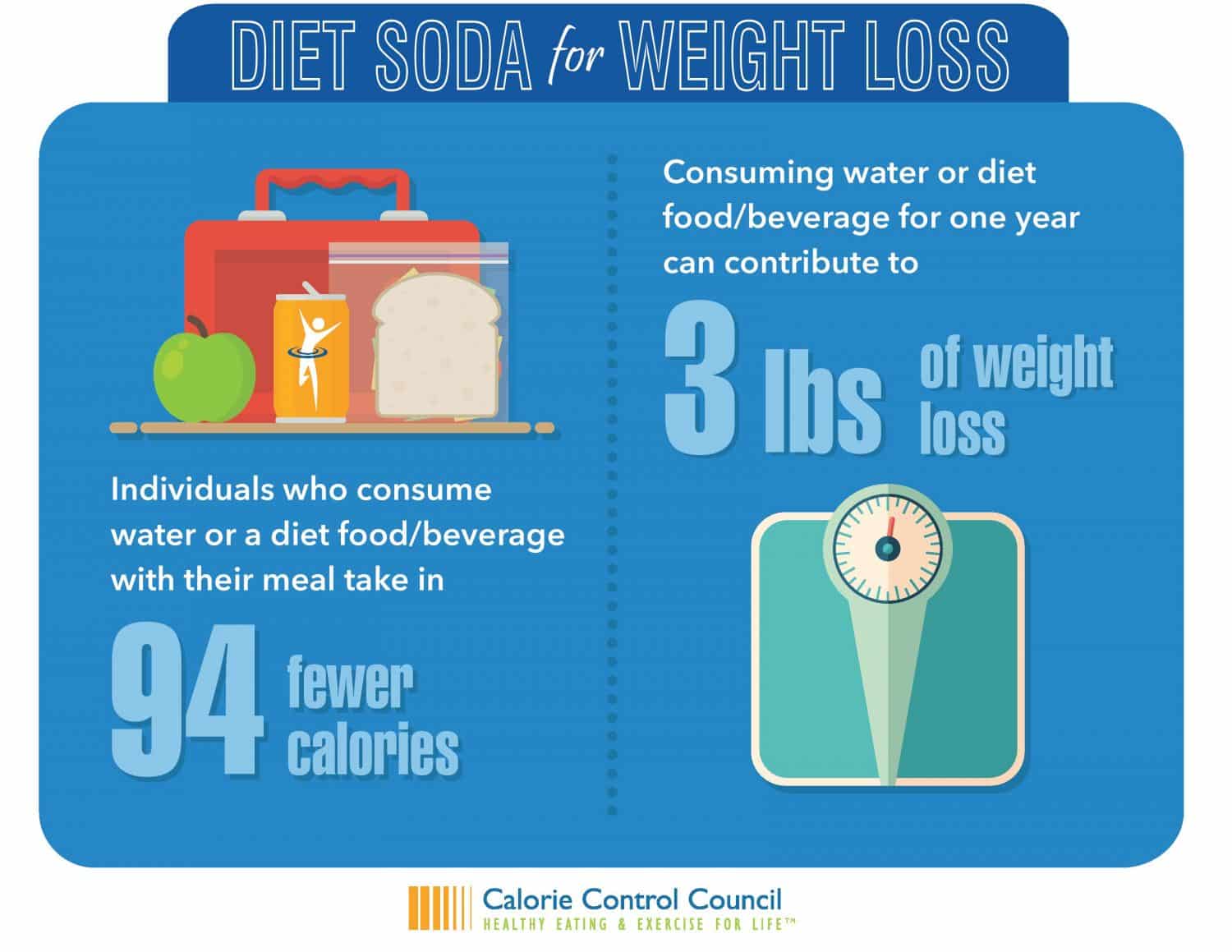Cold laser treatment is a beneficial tool to help in pain management and the recovery process. It is typically used in sporting activities medication, dermatology and acupuncture.
Cold lasers penetrate deep into cells and advertise chemical modifications without heating them. They decrease inflammation and swelling, speed up cellular task and speed up healing.
Theoretical History
Unlike the high-intensity lasers that surgeons use to puncture cells, cool laser treatment makes use of light-emitting diodes to pass through into your skin and advertise recovery. As these photons reach damaged tissues, they start a chain reaction that enhances your cells' production of enzymes and increases your body's all-natural healing processes.
The photons also reduce pain via the production of endorphins and enhance your body's ability to drain pipes inflamed areas by causing vasodilation (the growth of blood vessels). Consequently, it helps you recover from musculoskeletal injuries and discomfort quicker.
Many individuals have become aware of chilly laser treatment from their physiotherapist, chiropractic practitioner or physician and may be asking yourself how it works. Unlike most laser devices made use of in the medical area, which really warm up tissue, our state-of-the-art tools sends out chilly laser beam that don't create any type of home heating of your cells. This allows your body to get the therapeutic advantages without triggering any type of side effects.
Scientific Trials
Cold laser therapy is usually suggested as a therapy option for individuals that have musculoskeletal discomfort and injuries. It can be made use of to lower inflammation, reinforce tissues and accelerate the body's all-natural healing procedures.
Non-thermal photons of red and infrared laser radiation are absorbed by the light sensitive components in cells and initiate a boost in intracellular metabolic rate that enhances cell recreation, lowers inflammation, gets rid of edema and reduces recovery time.
Unlike the light that is created by sunshine or basic lights, laser light is parallel (all wavelengths travel in the same direction), coherent and monochromatic. These residential properties permit laser power to permeate much deeper into the tissues.
Several professional tests have actually shown that LLLT can be effective in reducing pain in the musculoskeletal system. Nevertheless, even more properly designed research studies are needed to assess the optimum settings for laser irradiation and to determine its performance in certain conditions, such as oral mucositis in cancer cells patients receiving radiation treatment or radiotherapy, and injury recovery (including diabetic person abscess complying with hammertoe surgical treatment). This Aetna policy bulletin does not address various other uses LLLT, including the therapy of different skin diseases.
Conclusions
Unlike medical lasers that can ruin lumps or coagulate tissue, cool laser therapy does not warm the body's cells. Instead, the light promotes your cells to produce adenosine triphosphate, which quickens the repair work procedure of hurt cells.
Aetna thinks about low-level laser (LLL) therapy medically essential for the avoidance of oral mucositis connected with cancer treatment (radiation treatment, radiation therapy, hematopoietic stem cell hair transplant) and non-cancer therapies (such as radiodermal injury, fibromyalgia). Several research studies showed that LLT can be reliable in lowering PU symptoms without unfavorable impacts. Nevertheless, distinctions in research layouts and laser dosimetry made comparison of the results tough; RCTs with reduced risk of bias are needed. Using a 660 nm wavelength and greater power thickness seems more effective than the other studied laser wavelengths. This could be since the various other wavelengths might boost inflammatory procedures and create even more negative effects. The effect of the sort of laser used is also essential; the authors suggest that future research focus on evaluating various sorts of lasers and their dosages to figure out the ideal combination of laser parameters for PU avoidance.
Referrals
Cold laser treatment is used by dental professionals to treat swollen gum cells, medical professionals to reduce discomfort triggered by rheumatoid arthritis, and physiotherapists to speed up the healing of muscle, ligament, and tendon injuries. Lots of medical insurance policy strategies cover this treatment.
Unlike warm lasers, which have laser therapy for acne a thermal effect on cells, cold lasers (also called low-level lasers) boost the cellular power of the skin. Photons from the laser light permeate into the cell, causing a series of chemical adjustments that promotes regrowth and minimizes swelling.
In order to be effective, lasers must be appropriately setup and made use of. This is why it is not recommended to buy an economical over the counter laser device and try to treat on your own at home. An experienced specialist is called for to make sure that the tool is used properly to minimize the danger of eye injury and optimize its effectiveness. The laser gadget have to be adapted to the proper setting, intensity, frequency, and placement of the laser on the therapy location.
